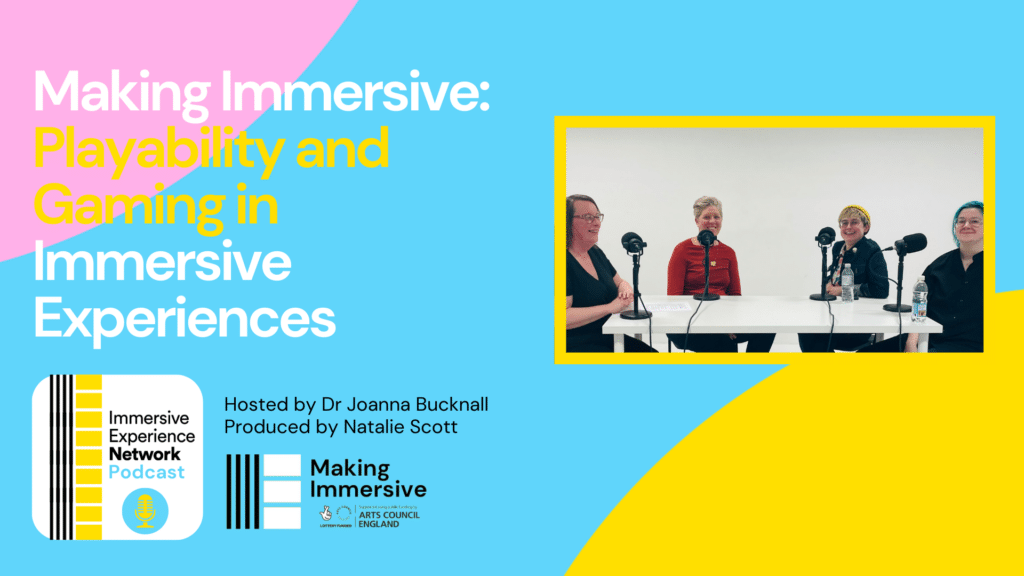Alternate reality games (ARGs) are the closest that creatives can get to acting in live performances without physically getting on a stage. ARGs span a surprisingly wide range of experiences, from months-long massively multiplayer games taking place across dozens of websites like The Beast to smaller experiences occurring on TikTok or inside video games, but what unites them is a sense of unpredictability and improvisation – for both players and creators.
It’s this improvisation that distinguishes them from games and transmedia experiences where creators don’t add to or change their work after its release. Simply combining storytelling and fiendishly difficult puzzles, like some video games and treasure hunts do, doesn’t make for what most would consider to be ARG. Instead, it’s the feeling that players can actively influence the story, or are at least essential to its continuation, that makes ARGs uniquely thrilling.
This wasn’t wholly intentional, though. Before its launch, the creators of The Beast – a marketing ARG for the 2001 film A.I. Artificial Intelligence – had prepared what they thought was weeks of story and puzzles to spread across websites, email autoresponders, and phone lines. But when players began working together in forums and chat rooms, sharing discoveries and solutions, they devoured everything in mere days. The game’s writers and designers had to scramble to catch up with their players’ feverish pace, inventing storylines and puzzles. Fortunately, they could eavesdrop on players’ theories and discussions of their favourite characters on those same chat rooms – not unlike the relationship between authors of serial fiction, but sped up a thousand times.
Following the massive popularity of The Beast, fans went on to make their own indie ARGs. However, lacking its massive budget and technical resources, indie creators often struggled to keep up with players’ expectations for new story and would either abandon their games or resort to “super-serving” small groups of players by talking to them directly via forums or email as if in a role playing game. While this was logistically easier for creators and fun for those players lucky enough to be included, it doesn’t scale well and excludes players who don’t have the time or inclination to role play.
Balancing this relationship between players and creators lies at the heart of ARGs’ strengths and challenges. Creators that pander to a subset of players risk shrinking their audience and closing themselves to creative possibilities. On the other hand, creators who ignore player feedback – often contradictory and unhelpful – risk speaking only to themselves.
ARGs’ unusual length, often unfolding over weeks or months, puts unusual strain on these relationships. TV shows also take place over months, but on a predictable schedule. Since ARGs are a comparatively young format, it’s often unclear exactly when to expect additional story and gameplay to arrive in a new ARG, or how long it might take to complete. And because it’s hard, if not impossible, to “replay” an ARG that’s unfolding in real time across multiple media – a problem not faced by recorded or “finished” media like TV and video games – it’s common to see players gradually slip away when they can’t keep up.
Recent ARGs have adjusted by becoming easier to play and catch up with. In 2020, the TikTok channel PBHere released a series of eerie computer generated videos in which viewers helped the amnesic protagonist escape from a locked room. It lacked the depth of worldbuilding and transmedia formats of earlier ARGs, but it was far more accessible, with videos regularly attracting over a million views – many times more than some of the most popular ARGs.
Crucially, PBHere retained the direct relationship and improvisatory nature of ARGs, with new episodes based directly on players’ comments. It’s exciting for players to feel they have a chance of directly affecting the story, but it’s equally thrilling for creators. It usually takes days, if not years, for writers and artists to see reactions to their work; in ARGs, they can update a website or publish a video and get reactions within seconds.
PBHere and other innovative ARG-like experiences like online escape rooms point the way toward a more focused route for the format, placing accessibility above mantras like “this is not a game”. The creators of The Beast invested a huge amount of effort pretending the fictional world of the game was real, but it didn’t take long for players to realise that webpages always updated every Tuesday at 9am Pacific time – hardly “realistic”, but much easier for players to plan their time around.
The beauty of ARGs is that they can work in practically any format, for any length of time, and any size of audience. Their flexibility and untapped potential is why it’s still an exciting format to develop in. When you’re making an ARG, use that flexibility to home in on what makes the format unique – its improvisatory audience/player relationship – while making it accessible for players and sustainable for yourself.





